Cultural Heritage Highlight
입력 2017.01.16 (14:13)
수정 2017.01.16 (14:19)
읽어주기 기능은 크롬기반의
브라우저에서만 사용하실 수 있습니다.
[Anchor Lead]
Today we highlight Korea's cultural heritage. Some 300 letters written on wooden tablets dating back to the 6th century Silla Dynasty have been discovered and each is considered a precious relic. Meanwhile, the Suwon Hwaseong Fortress, designated UNESCO World Heritage 20 years ago, will undergo a renovation project from this year to restore the fortress to its original form.
[Pkg]
A letter written on wood is being unearthed from a layer of leaf mold from Seongsan Fortress which dates back to the Silla dynasty era. Wooden letters were used in the mid 6th century before paper became common. Following a preservation procedure, letters vividly appear on the four sides of the wooden tablet written with ink. The message is an apology for failing to handle a task according to law. For the recipient, it's written "ambassador." This shows the Silla kingdom in the mid 6th century was a centralized state ruled by law where central government officials oversaw provincial administration.
[Soundbite] Prof. Joo Bo-don(Kyungpook Nat'l University) : "The writings show the existence of an organized central governance and management system over the provinces."
A total of 308 of these letters on wood have been discovered so far from this site since excavation first began in 1991. The letters offer a glimpse into names of places, civil service ranks, the tax system and so on of the Silla era. They serve as a precious relic in the research of Korea's ancient history for which written records are very rare.
[Soundbite] Kim Yong-min(Gaya Nat'l Research Institute of Cultural Heritage) : "The wooden tablets hold top class value in terms of research and analysis of various aspects of that era such as living conditions and laws."
The Cultural Heritage Administration will publish a compilation of the excavation and seeks to use the findings in the research of ancient history. The Suwon Hwaseong Fortress was built by Joseon Dynasty's 22nd King Jeongjo in adoration of his father Crown Prince Sado. The structure is regarded an epitome of early modern era fortress architecture that reflects the latest technology of the time.
[Soundbite] Seo Sang-yeol(Cultural-Tourist Commentator) : "King Jeongjo had the Hwaseong Temporary Palace built larger than any other palace with the idea to live there with his mother while he visited and paid respects at his father's tomb 13 times."
Marking the 20th year of its listing on the UNESCO World Heritage list, the city of Suwon has decided to restore the fortress to its original form. Some 23 million dollars will go into the first phase restoration this year of two buildings. One is an officials' lodge and the other a warehouse for utensils that were used during ancestral rituals. The city of Hwaseong will also renovate outdated buildings surrounding the fortress, with a circumference measuring 5.7 kilometers, to help the heritage site return to its former appearance and glory.
Today we highlight Korea's cultural heritage. Some 300 letters written on wooden tablets dating back to the 6th century Silla Dynasty have been discovered and each is considered a precious relic. Meanwhile, the Suwon Hwaseong Fortress, designated UNESCO World Heritage 20 years ago, will undergo a renovation project from this year to restore the fortress to its original form.
[Pkg]
A letter written on wood is being unearthed from a layer of leaf mold from Seongsan Fortress which dates back to the Silla dynasty era. Wooden letters were used in the mid 6th century before paper became common. Following a preservation procedure, letters vividly appear on the four sides of the wooden tablet written with ink. The message is an apology for failing to handle a task according to law. For the recipient, it's written "ambassador." This shows the Silla kingdom in the mid 6th century was a centralized state ruled by law where central government officials oversaw provincial administration.
[Soundbite] Prof. Joo Bo-don(Kyungpook Nat'l University) : "The writings show the existence of an organized central governance and management system over the provinces."
A total of 308 of these letters on wood have been discovered so far from this site since excavation first began in 1991. The letters offer a glimpse into names of places, civil service ranks, the tax system and so on of the Silla era. They serve as a precious relic in the research of Korea's ancient history for which written records are very rare.
[Soundbite] Kim Yong-min(Gaya Nat'l Research Institute of Cultural Heritage) : "The wooden tablets hold top class value in terms of research and analysis of various aspects of that era such as living conditions and laws."
The Cultural Heritage Administration will publish a compilation of the excavation and seeks to use the findings in the research of ancient history. The Suwon Hwaseong Fortress was built by Joseon Dynasty's 22nd King Jeongjo in adoration of his father Crown Prince Sado. The structure is regarded an epitome of early modern era fortress architecture that reflects the latest technology of the time.
[Soundbite] Seo Sang-yeol(Cultural-Tourist Commentator) : "King Jeongjo had the Hwaseong Temporary Palace built larger than any other palace with the idea to live there with his mother while he visited and paid respects at his father's tomb 13 times."
Marking the 20th year of its listing on the UNESCO World Heritage list, the city of Suwon has decided to restore the fortress to its original form. Some 23 million dollars will go into the first phase restoration this year of two buildings. One is an officials' lodge and the other a warehouse for utensils that were used during ancestral rituals. The city of Hwaseong will also renovate outdated buildings surrounding the fortress, with a circumference measuring 5.7 kilometers, to help the heritage site return to its former appearance and glory.
■ 제보하기
▷ 카카오톡 : 'KBS제보' 검색, 채널 추가
▷ 전화 : 02-781-1234, 4444
▷ 이메일 : kbs1234@kbs.co.kr
▷ 유튜브, 네이버, 카카오에서도 KBS뉴스를 구독해주세요!
- Cultural Heritage Highlight
-
- 입력 2017-01-16 14:15:09
- 수정2017-01-16 14:19:51
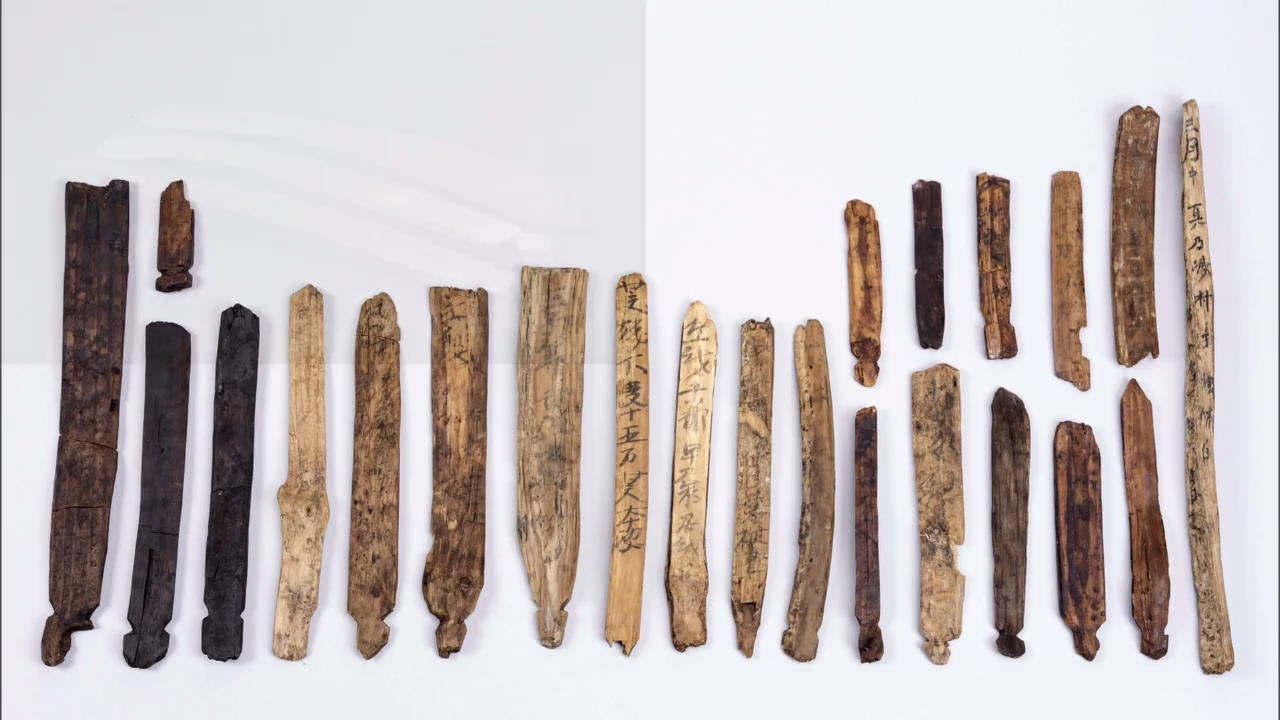
[Anchor Lead]
Today we highlight Korea's cultural heritage. Some 300 letters written on wooden tablets dating back to the 6th century Silla Dynasty have been discovered and each is considered a precious relic. Meanwhile, the Suwon Hwaseong Fortress, designated UNESCO World Heritage 20 years ago, will undergo a renovation project from this year to restore the fortress to its original form.
[Pkg]
A letter written on wood is being unearthed from a layer of leaf mold from Seongsan Fortress which dates back to the Silla dynasty era. Wooden letters were used in the mid 6th century before paper became common. Following a preservation procedure, letters vividly appear on the four sides of the wooden tablet written with ink. The message is an apology for failing to handle a task according to law. For the recipient, it's written "ambassador." This shows the Silla kingdom in the mid 6th century was a centralized state ruled by law where central government officials oversaw provincial administration.
[Soundbite] Prof. Joo Bo-don(Kyungpook Nat'l University) : "The writings show the existence of an organized central governance and management system over the provinces."
A total of 308 of these letters on wood have been discovered so far from this site since excavation first began in 1991. The letters offer a glimpse into names of places, civil service ranks, the tax system and so on of the Silla era. They serve as a precious relic in the research of Korea's ancient history for which written records are very rare.
[Soundbite] Kim Yong-min(Gaya Nat'l Research Institute of Cultural Heritage) : "The wooden tablets hold top class value in terms of research and analysis of various aspects of that era such as living conditions and laws."
The Cultural Heritage Administration will publish a compilation of the excavation and seeks to use the findings in the research of ancient history. The Suwon Hwaseong Fortress was built by Joseon Dynasty's 22nd King Jeongjo in adoration of his father Crown Prince Sado. The structure is regarded an epitome of early modern era fortress architecture that reflects the latest technology of the time.
[Soundbite] Seo Sang-yeol(Cultural-Tourist Commentator) : "King Jeongjo had the Hwaseong Temporary Palace built larger than any other palace with the idea to live there with his mother while he visited and paid respects at his father's tomb 13 times."
Marking the 20th year of its listing on the UNESCO World Heritage list, the city of Suwon has decided to restore the fortress to its original form. Some 23 million dollars will go into the first phase restoration this year of two buildings. One is an officials' lodge and the other a warehouse for utensils that were used during ancestral rituals. The city of Hwaseong will also renovate outdated buildings surrounding the fortress, with a circumference measuring 5.7 kilometers, to help the heritage site return to its former appearance and glory.
Today we highlight Korea's cultural heritage. Some 300 letters written on wooden tablets dating back to the 6th century Silla Dynasty have been discovered and each is considered a precious relic. Meanwhile, the Suwon Hwaseong Fortress, designated UNESCO World Heritage 20 years ago, will undergo a renovation project from this year to restore the fortress to its original form.
[Pkg]
A letter written on wood is being unearthed from a layer of leaf mold from Seongsan Fortress which dates back to the Silla dynasty era. Wooden letters were used in the mid 6th century before paper became common. Following a preservation procedure, letters vividly appear on the four sides of the wooden tablet written with ink. The message is an apology for failing to handle a task according to law. For the recipient, it's written "ambassador." This shows the Silla kingdom in the mid 6th century was a centralized state ruled by law where central government officials oversaw provincial administration.
[Soundbite] Prof. Joo Bo-don(Kyungpook Nat'l University) : "The writings show the existence of an organized central governance and management system over the provinces."
A total of 308 of these letters on wood have been discovered so far from this site since excavation first began in 1991. The letters offer a glimpse into names of places, civil service ranks, the tax system and so on of the Silla era. They serve as a precious relic in the research of Korea's ancient history for which written records are very rare.
[Soundbite] Kim Yong-min(Gaya Nat'l Research Institute of Cultural Heritage) : "The wooden tablets hold top class value in terms of research and analysis of various aspects of that era such as living conditions and laws."
The Cultural Heritage Administration will publish a compilation of the excavation and seeks to use the findings in the research of ancient history. The Suwon Hwaseong Fortress was built by Joseon Dynasty's 22nd King Jeongjo in adoration of his father Crown Prince Sado. The structure is regarded an epitome of early modern era fortress architecture that reflects the latest technology of the time.
[Soundbite] Seo Sang-yeol(Cultural-Tourist Commentator) : "King Jeongjo had the Hwaseong Temporary Palace built larger than any other palace with the idea to live there with his mother while he visited and paid respects at his father's tomb 13 times."
Marking the 20th year of its listing on the UNESCO World Heritage list, the city of Suwon has decided to restore the fortress to its original form. Some 23 million dollars will go into the first phase restoration this year of two buildings. One is an officials' lodge and the other a warehouse for utensils that were used during ancestral rituals. The city of Hwaseong will also renovate outdated buildings surrounding the fortress, with a circumference measuring 5.7 kilometers, to help the heritage site return to its former appearance and glory.
이 기사가 좋으셨다면
-
좋아요
0
-
응원해요
0
-
후속 원해요
0










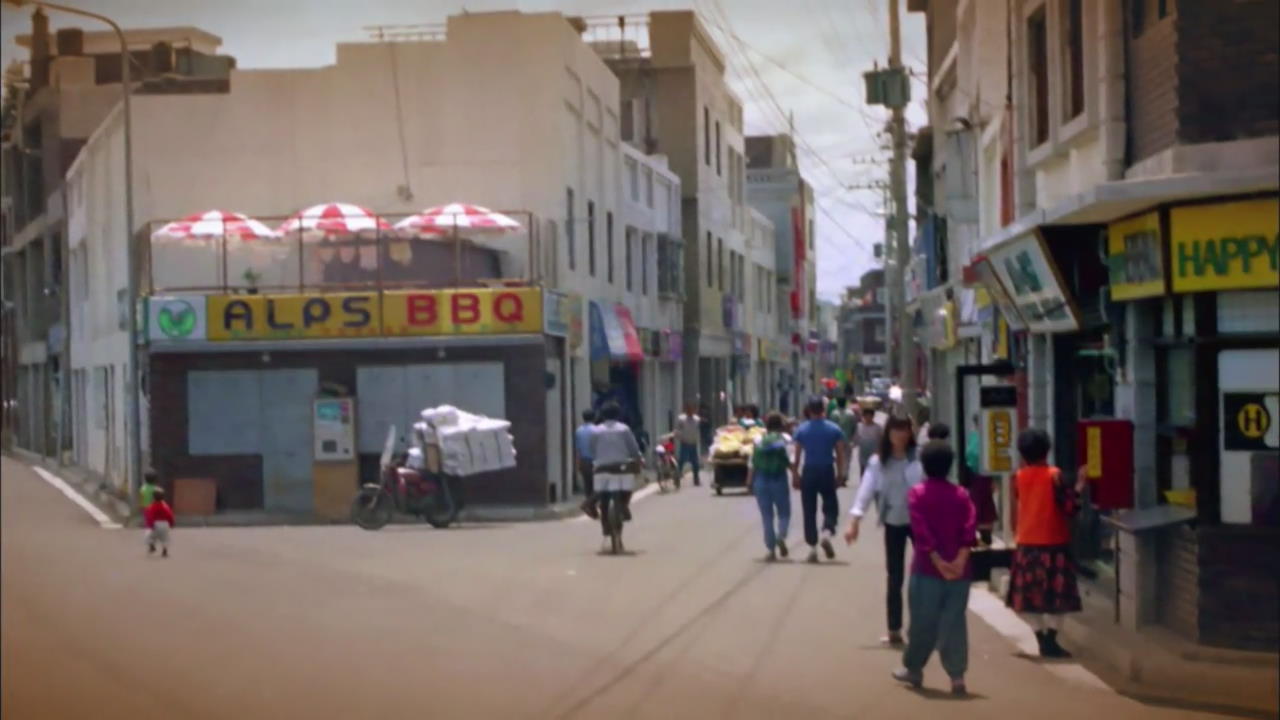
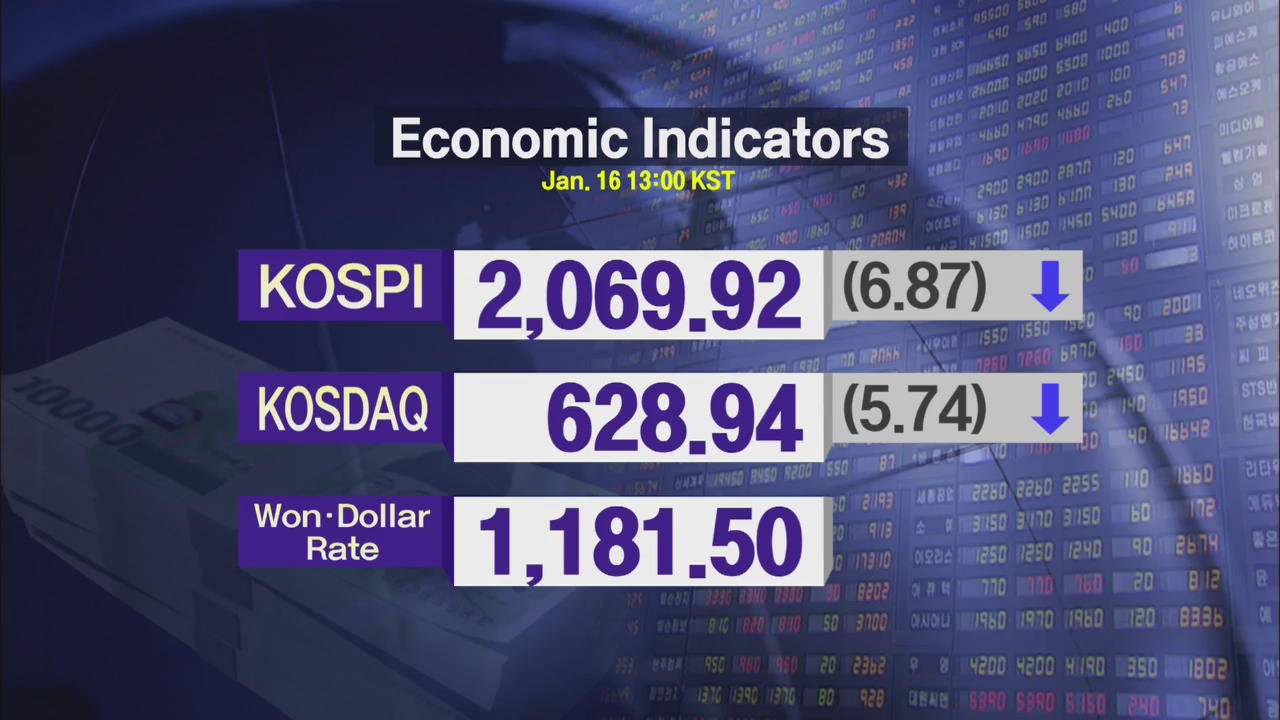

![[단독] 위성락 실장 “전작권 협상 카드 아냐”…차관 인선 발표](/data/layer/904/2025/07/20250713_krfuHu.jpg)
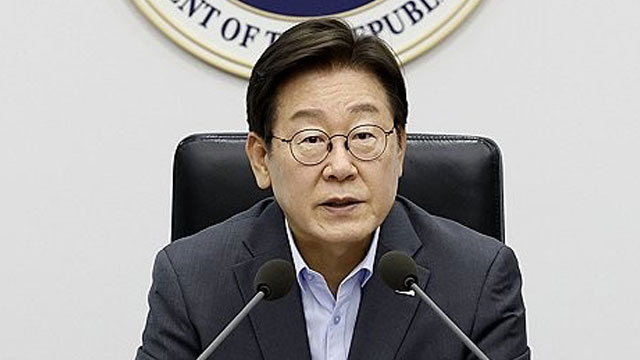
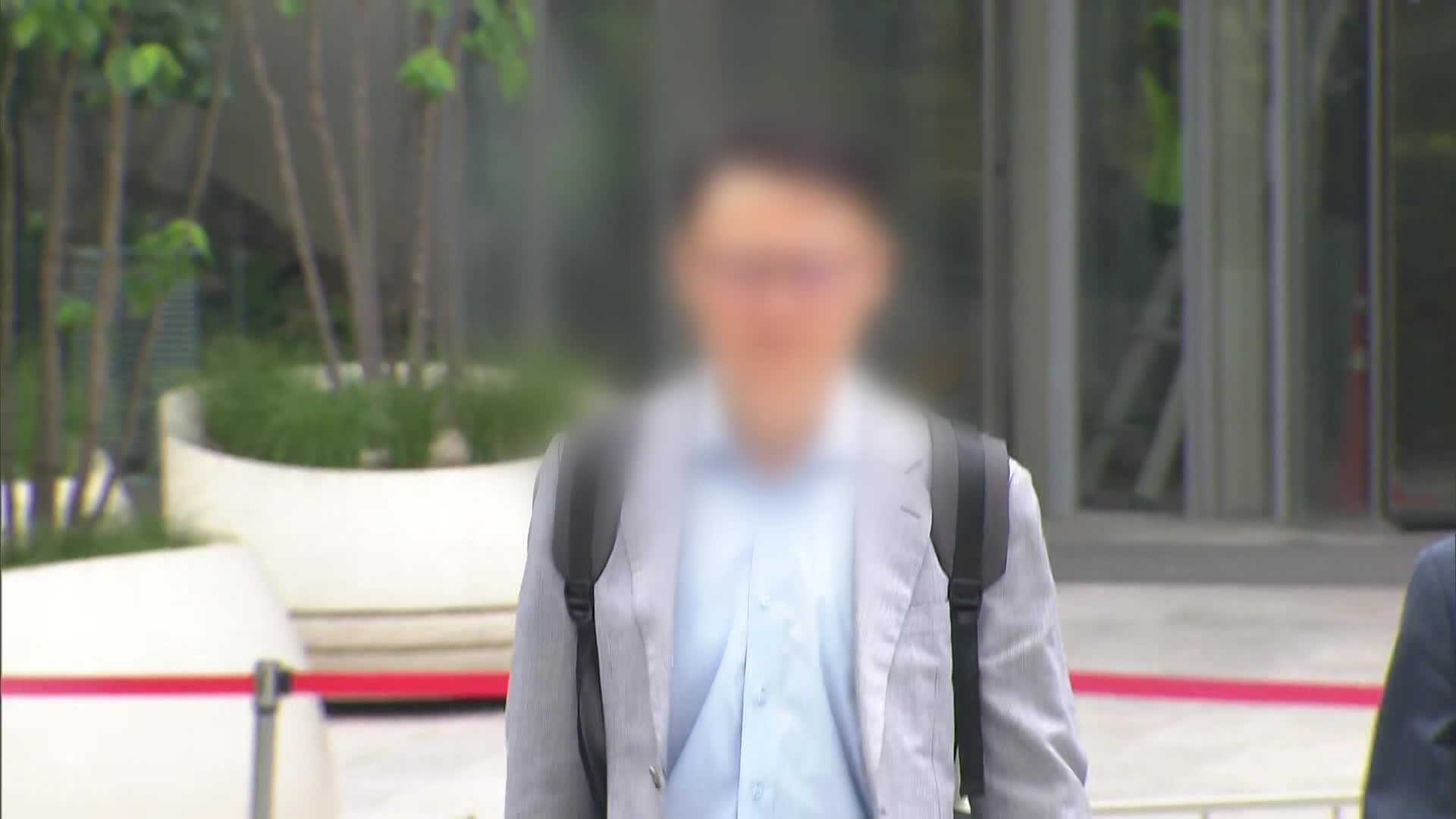

이 기사에 대한 의견을 남겨주세요.